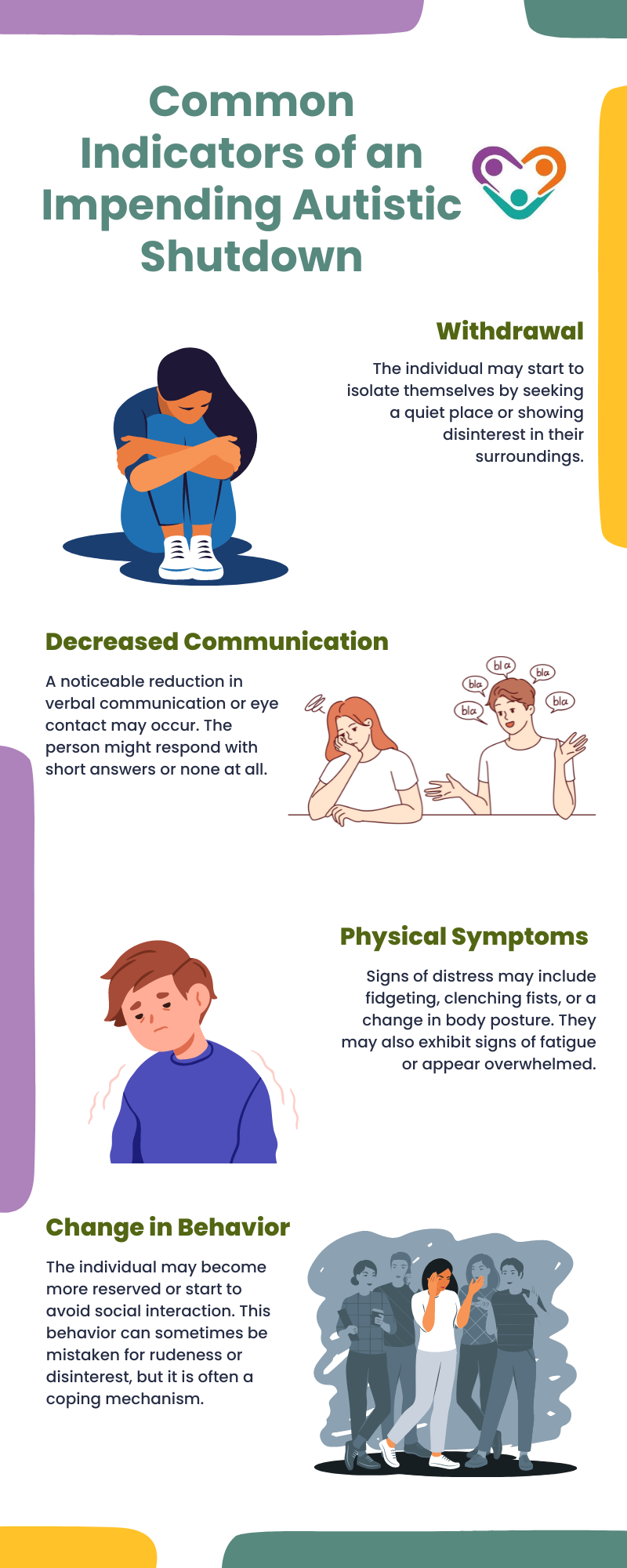
Table of Contents
Latest posts by golden-user (see all)
- Disability Rights in Indiana’s Device Policy Shift - October 17, 2024
- Indiana’s Boys & Girls Clubs Partner with UChicago - October 17, 2024
- Navigating Autism in Indiana’s Education System - October 17, 2024




